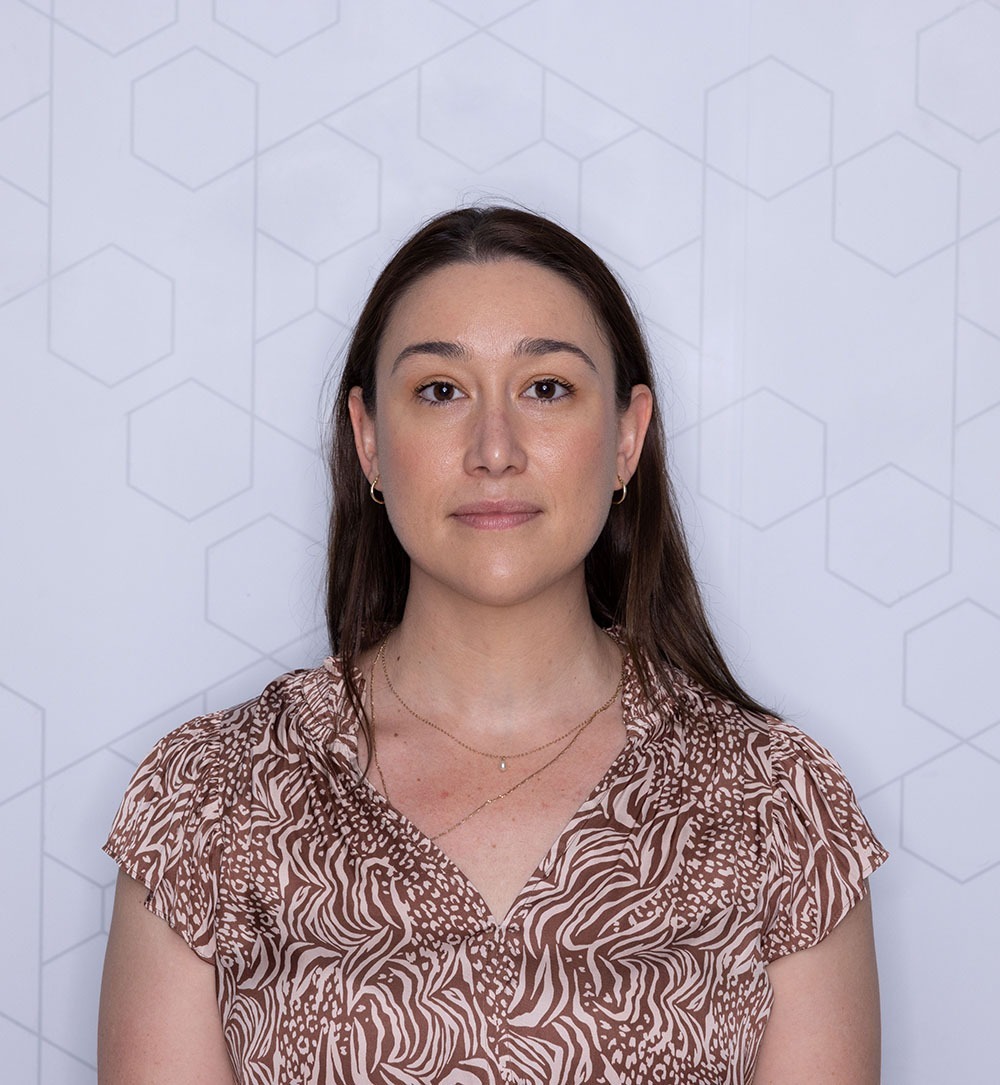Australia’s sun safety guidelines have been updated for the first time to reflect changing demographics and genetic differences to ensure maximum sun protection and vitamin D production.
Australia has the world’s highest rates of skin cancer, with around two thirds of the population receiving a diagnosis of skin cancer before the age of 70 – costing the health system around $1.9 billion each year.
Until now, ‘one-size-fits-all’ sun safety messaging didn’t take skin type and underlying risk into account, said lead researcher Professor Rachel Neale from Brisbane’s QIMR Berghofer Medical Research Institute.

‘We know the sun has benefits as well as harms, and that balance isn’t the same for everyone,’ she said.
‘So it was important to create a set of recommendations recognising people are different, and we need to provide appropriate advice [tailored to] them.’
Australia’s sun safety recommendations for adults are now risk stratified, with advice for children found here.
The updated recommendations categorise adults into three separate groups:
- low risk of skin cancer (constitutively dark skin)
- intermediate risk of skin cancer (olive or pale brown skin, and no other risk factors)
- high risk of skin cancer (very pale skin and/or olive/pale brown skin but with other risk factors).
Australian Pharmacist looks at the guidelines for each skin type and how pharmacists can tailor their advice accordingly.
Lowest cancer risk
While those with deeply pigmented skin have a low risk of developing skin cancer, the dose of UV-B needed to produce vitamin D is greater, meaning they’re at higher risk of vitamin D deficiency. Routine sun protection is therefore not needed, unless spending extended time outdoors when the UV index is ≥3.

While the rates of skin cancer are significantly lower in people with deeply pigmented skin, they are more likely to die from their skin cancer, said Prof Neale.
‘Most skin cancers in people with darker skin are not caused by exposure to the sun, and occur in places that are rarely exposed,’ she said.
‘So our messaging is that you can still get skin cancer, and if you see anything that looks strange, such as a dark spot under the nail bed, underneath your foot or even inside your mouth, get it checked.’
Highest risk cancer risk
To protect patients at the opposite end of the spectrum, sun safety messages should be more rigid, said Prof Neale.
‘When going outside when the UV index is ≥3 or more, they should always be fully covered, wear a hat, and not just rely on sunscreen.’


Along with pale skin, additional risk factors include:
- family or personal history of melanoma
- past history of skin cancer (a significant proportion of the older population)
- numerous or atypical moles
- immunosuppressive therapy (e.g. post-organ transplantation).
Some medications could also increase sun sensitivity including:
- oral retinoids (acitretin and isotretinoin)
- fluoroquinolone antibiotics (ciprofloxacin and sulfamethoxazole)
- antifungals (griseofulvin and voriconazole)
- non-steroidal anti-inflammatories (diclofenac)
- Doxycycline.
‘If people are concerned their medication puts them at high risk, they should err on the side of [caution] and stay out of the sun,’ said Prof Neale. ‘Don’t deliberately try to get sun exposure to maintain vitamin D levels.’
Importantly, Prof Neale points out that people who follow these guidelines are likely to end up with a vitamin D deficiency that must be addressed.
Intermediate risk of skin cancer
The messaging can become a bit more complex for those with an intermediate skin cancer risk, so it’s important to strike the right balance, said Prof Neale.
  
NOTE: anyone with this skin type who has additional risk should be considered part of the high-risk group. These include: personal history of melanoma, other skin cancer or actinic keratosis; family history of melanoma; taking immunosuppressant medications; have numerous, large or atypcial moles. |
Evidence suggests that spending sufficient time outdoors with ample skin exposed to avoid vitamin D deficiency is key.
However, when spending any more than that required to obtain a vitamin D-effective dose, a full suite of sun-protection behaviours is advised.
‘While it’s reasonable to obtain a small dose of sun exposure each day to maintain adequate vitamin D levels, sun protection remains very important,’ she said. ‘It’s crucial we don’t create confusion, which might lead to people spending too much time outdoors.’
Location matters
All people, other than those in the low risk group, are advised to put sunscreen on as part of their usual daily routine – much like brushing their teeth – on all days when the UV index is forecast to reach ≥3.
The time required outdoors in order to ensure adequate vitamin D production varies according to location, season, and time of day. In most places in Australia in summer, the time required between 8.00 am and 5.00 pm is less than 10 minutes, provided lower legs and arms are exposed.
In winter there is much more variability across the country. ‘There are 2–3 months in winter in southern states where the UV Index does not get above 2,’ said Prof Neale.
When is supplementation recommended?
Patients at high risk of skin cancer who are following sun safety guidelines, or anybody who wears clothing that covers their skin (e.g. due to cultural or work-related reasons), are prone to vitamin D deficiency, said Prof Neale.
‘If people aren’t spending small amounts of time outdoors uncovered, there’s a likelihood they will be vitamin D deficient, even through the summer months,’ she said.
‘This could lead to poor bone quality. Often it’s not until someone has a fracture that they discover they are vitamin D deficient.’
Vitamin D also plays an important role in maintaining adequate immune functions, said Prof Neale.
‘People might get infections more often when they are vitamin D deficient.’
For those who have no or minimal sunlight exposure, Australian recommendations for daily adequate intake of vitamin D are:
- 200 international units (IU) per day of vitamin D for children, adolescents and adults aged 19–50
- 400 IU of vitamin D per day for patients aged 50–70
- 600 IU of vitamin D per day in patients aged 70 and over.
For most Australians, sufficient Vitamin D cannot be obtained from dietary sources alone.
‘However, many supplements contain 1000 IU per day, and taking one of these daily would be a safe and effective strategy,’ she said.
‘Some people who are very frail or have been diagnosed with osteoporosis will potentially need a higher dose, but that would require a conversation with their doctor.’
Sun safety messages
Opportune moments to provide tailored sun safety messages include when patients come into the pharmacy to fill a script for skin cancer treatment or follow-up after an excision, or when dispensing medicines that can cause sun sensitivity, said Prof Neale.
‘If someone is asking about vitamin D supplementation, pharmacists could also ask how much sun protection they’re using and when.’
Another key reason for the new guidelines is that vitamin D is not the entire story, with emerging evidence suggesting additional benefits of sunlight, said Prof Neale.
‘The UV wavelengths in sunlight are thought to release nitric oxide from the skin, which has potential benefits for blood pressure,’ she said. ‘The sun’s benefits for the immune system are also thought to be important for [preventing] autoimmune diseases such as multiple sclerosis, with strong latitude gradients in MS prevalence suggesting people who live further south are at higher risk.’
At this stage, the exact wavelengths and dose of sunlight required to reap these benefits is not yet nailed down.
‘That’s why the [recommendations] take a precautionary principle by suggesting that getting your vitamin D naturally likely means you’re getting other benefits as well,’ she said.
‘However, for those at high risk of skin cancer, there is not sufficient evidence of benefit to warrant deliberate sun exposure.’



 Pharmacists have always prescribed, but they have the potential to prescribe much more
Pharmacists have always prescribed, but they have the potential to prescribe much more



 Sponsorship information
Sponsorship information


 Talking to patients who have questions
Talking to patients who have questions





